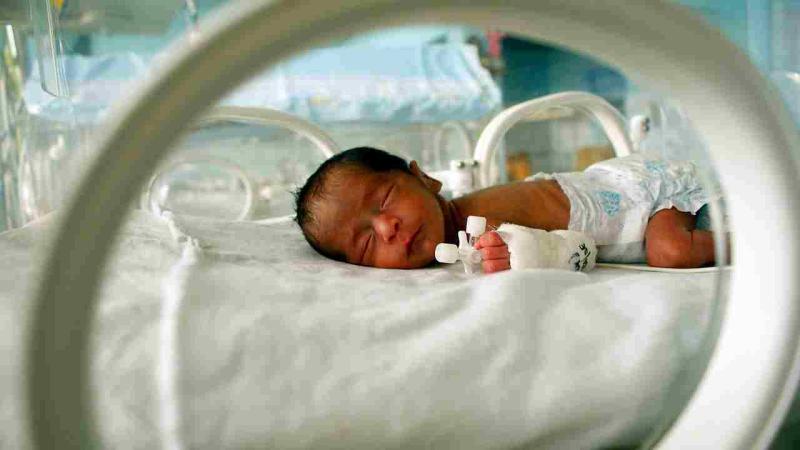
In humans, a healthy pregnancy lasts for about 40 weeks. However, an estimated 15 million babies across the globe are born earlier, at about 37 weeks. Complications associated with preterm births claim one million lives each year and is a leading cause of death among children under five. India has approximately 3.5 million premature births each year. Due to the lack of access to advanced ultrasound devices to track the development of the baby, many of these births are not recognised to provide the right care.
Now, researchers from Canada, Bangladesh, and the USA have proposed a simple, cost-efficient blood test of the newborn that can estimate the pregnancy length. Such a test, which the researchers say can help diagnosis preterm births in low resource countries, has been tested to work successfully in the new-borns from Bangladesh. The study, funded by the Bill & Melinda Gates Foundation, was recently published in the journal eLife.
A newborn baby has many chemicals and metabolites in its blood based on the time spent growing in its mother’s womb. The researchers of the current study developed a mathematical formula to estimate the gestational age based on these chemicals. After an initial trial in Canada, they tested this technique using blood samples from 1069 newborns from Matlab, a rural area in Bangladesh. They collected blood samples from 1036 umbilical cords and 487 heel pricks for the study. They also collected ultrasound scan reports of the mothers to validate their findings from the blood test.
The researchers found that their proposed approach could accurately estimate the gestational age within one or two weeks of the ultrasound-validated age. Although the blood samples from both umbilical cords and heel pricks gave outcomes, the estimates derived from the heel prick samples were more accurate than those from umbilical cords. The researchers point this observation to the fact that the original model was developed based on heel prick samples. Parents, however, preferred to get the test done with blood from umbilical cords as they did not want a heel prick on their babies, the study found.
One of the limitations of the study was the reluctance of the parents of preterm infants to subject their newborns to the collection procedures. Majority of blood samples for this study came from full-term infants and the researchers had very few samples from very preterm (28-32 weeks) and extremely preterm (less than 28 weeks) infants, which limited the validation of the model’s performance.
The study provides a cost-efficient approach to diagnosing preterm births in resource-strapped countries like India, where access to ultrasound scans is limited. The gestational age estimates are crucial to design strategies for reducing preterm births. Besides, the findings from such tests can also be “used to guide care for individual new-borns who are identified as preterm,'' say the authors.
Editor's Note: This article was edited to correct a grammatical error. The mistake is regretted.





